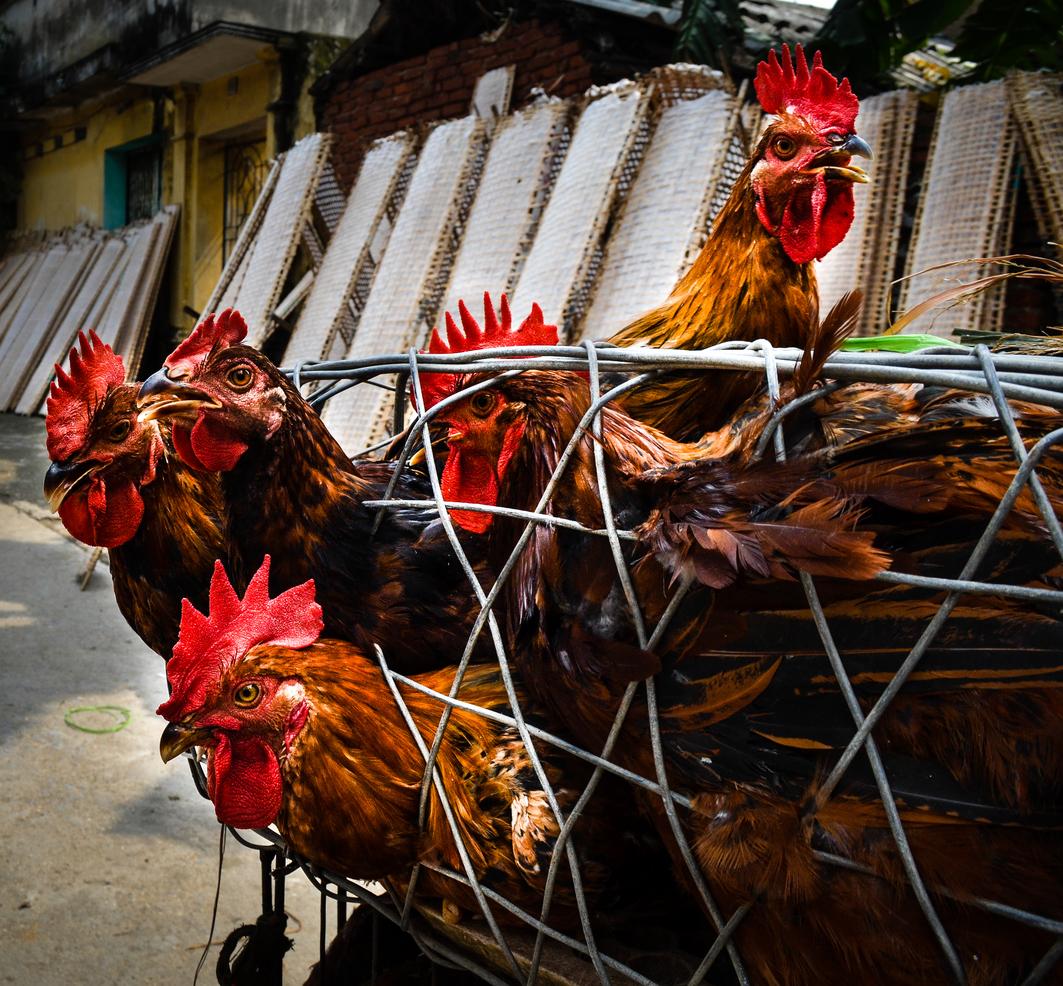Cambodia has reported two fatal infections linked to H5N1 avian influenza, though it’s not yet known whether the virus belongs to the 2.3.2.1c clade known to circulate in the country’s poultry or if the deaths involve the 2.3.4.4b clade circulating more globally.
Two cases from neighboring provinces
The health ministry posted a notice yesterday about the first patient, a 50-year-old man from Svay Rieng province, on its Facebook page. The notice was picked up by FluTrackers, an infectious disease news message board, then translated and posted by FluTrackers and Avian Flu Diary (AFD), an infectious disease news blog.
The ministry report said more than 50 chickens had died at the man’s house and his neighbor’s house and that the birds were distributed for eating. Health officials are tracking down contacts and issuing public health warnings in the affected area.
Today, the ministry posted a notice about a second H5N1 case, which involves a 2-year-old girl from neighboring Prey Veng province who died from her infection, according to a translation posted by AFD. The report said investigators found dead chickens in the girl’s house.
New infections follow two similar cases from February
The two cases are the fourth to be reported from Cambodia this year. In February, Cambodia reported a fatal H5N1 case in a 11-year-old girl from Prey Veng province, along with a subsequent infection confirmed in her father, who was asymptomatic and was isolated at a hospital.
The two cases in February marked Cambodia’s first H5N1 infections since 2014.
Genetic sequencing of samples from the patients found that the H5N1 virus belonged to the 2.3.2.1c clade, similar to viruses circulating in southeast Asia since 2014.
CDC updated H5N1 technical report
Since January 2022 and before the two latest cases were reported by Cambodia, 15 sporadic human H5N1 infections have been reported from eight countries, the US Centers for Disease Control and Prevention (CDC) said in a recently updated technical report. Some cases were severe or fatal, though some were asymptomatic and are thought to involve environmental contamination rather than true infection.
Nearly all the patients had been exposed to sick or dead poultry. Twelve of the cases involved the more recent 2.3.4.4b clade.
H5N1 continues to circulate in wild birds, poultry, and some mammals, such as marine animals (eg, seals in South America and in Washington state, fur farms in Finland). The CDC said its risk assessment hasn’t changed and that the overall threat to people remains low.
However, it added that close monitoring is needed to identify any changes in the virus that would make it easier to spread to and among people.






















